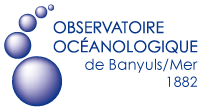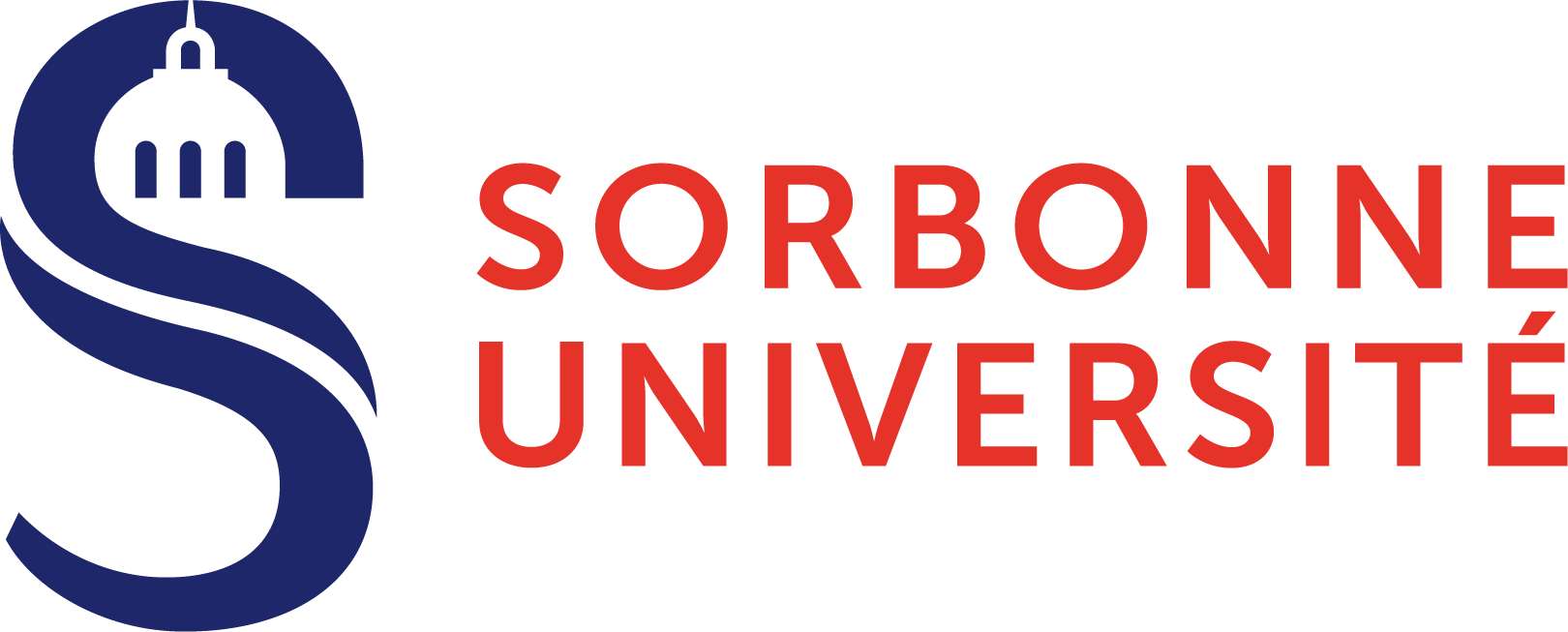Link between bacterial communities and contrasted loads in ectoparasitic monogeneans from the external mucus of two wild sparid species (Teleostei)
Résumé
While teleost fishes represent two thirds of marine vertebrates, the role of their external microbiota in relationship with their environment remains poorly studied, especially in wild populations. Hence, the interaction of their microbiota with ectoparasites is largely unknown. Microbiota can act as a protective barrier against pathogens, and/or be involved in host recognition by parasites. Thus, host-parasite associations should now be considered as a tripartite interplay where the microbiota shapes the host phenotype and its relation to parasites. Monogeneans (Platyhelminthes) are direct life cycle ectoparasites commonly found on teleost skin and gills. The role of bacterial communities within skin and gill mucus which either pre-exist monogeneans infestation or follow it remain unclear. This is investigated in this study using the association between Sparidae (Teleostei) and their specific monogenean ectoparasites of the Lamellodiscus genus. We are exploring specificity mechanisms through the characterization of the external mucus microbiota of two wild sparid species using 16s rRNA amplicon sequencing. We investigated how these bacterial communities are related to constrated Lamellodiscus monogeneans parasitic load. Our results revealed that the increase in Lamellodiscus load is linked to an increase in bacterial diversity in the skin mucus of D. annularis specimens. The date of capture of D. annularis individuals appears to influence the Lamellodiscus load. Correlations between the abundance of bacterial taxa and Lamellodiscus load were found in gill mucus of both species. Abundance of Flavobacteriaceae family was strongly correlated with the Lamellodiscus load in gill mucus of both species, as well as the potentially pathogenic bacterial genus Tenacibaculum in D. annularis gill mucus. Negative correlations were observed between Lamellodiscus load and the abundance in Vibrionaceae in gill mucus of D. annularis , and the abundance in Fusobacteria in gill mucus of P. acarne specimens, suggesting potential applications of these bacteria in mitigating parasitic infections in fish. Our findings highlight the dynamic nature of fish microbiota, in particular in relation with monogeneans infestations in two wild sparid species. More generally, this study emphasizes the links between hosts, bacterial communities and parasites, spanning from the dynamics of co-infection to the potential protective role of the host’s microbiota.
| Origine | Publication financée par une institution |
|---|---|
| licence |



